Flower jelly is a simple and beautiful way to preserve the scent and flavor of spring blossoms. Made by steeping edible petals into a floral tea and turning it into jelly, it’s one of the most enchanting—and surprisingly easy—projects in the canning kitchen.
There’s something magical about flower jelly. Of all the jams and jellies we make each year, the floral ones are always my daughter’s favorite. She’ll skip barefoot through the yard in a unicorn dress, basket in hand, absolutely thrilled to be harvesting blossoms just for jelly.
And honestly, I get it—there’s something special about capturing spring blooms in a jar.
While I sometimes hear mild groans when it’s time to process gallons of blueberries, flower jelly season gets nothing but smiles.
It’s a short, joyful window in the canning year—one where the kitchen smells like lilacs or violets, and the jars sparkle like stained glass.
What is a Flower Jelly?
Flower jelly is a simple way to preserve the scent and flavor of edible blossoms. The process is similar for most flowers: make a floral tea by steeping the petals in boiling water, strain, add lemon juice, and use that liquid to make jelly using pectin and sugar.
The results are not only beautiful—they’re also delicious.
Edible Flower Safety
Not all flowers are edible, so make sure you're using the right kinds:
Only use flowers that are confirmed edible varieties.
Pick from unsprayed, clean areas (not roadsides or lawn edges).
Be absolutely sure of your identification—especially with wild foraged blossoms.
If the flower has known medicinal properties (like violet or hawthorn), be aware of how it may interact with your body.
Always include lemon juice if canning! If using standard pectin, which has added citric acid, you’ll need 2 Tbsp for every 4 cups of flower tea. With types that do not contain citric acid (like Pomona’s), you’ll need ½ cup of lemon juice per batch.
Here’s where you can read more about canning safety with flower jellies.
And even edible flowers can cause a reaction in rare cases, so start with a small batch before committing to dozens of jars.
How to Make a Flower Jelly (Basic Method)
Start with 3 to 4 cups of clean flower petals. Pour 2 to 3 cups of boiling water over them and let them steep (like tea) for several hours or overnight. Strain out the petals, and to every 4 cups of tea, add:
2 tablespoons of lemon juice (not optional)
1 box of pectin, boiled for 1 minute before adding
1 to 4 cups of sugar, depending on whether you're using regular or low-sugar pectin
Bring the mix to a full rolling boil, stir in the sugar, and boil again for 1 minute. Then it’s ready to ladle into jars.
You can water bath can it for 10 minutes, or skip the canner and store in the fridge or freezer.
For more detailed instructions, take a look at my guide to making floral jellies.
Favorite Flower Jelly Recipes
Each flower has its own unique flavor and character. Some are light and fruity, others are herbal or intensely floral. Here are some of our favorites, using the method above:
Dandelion Jelly – Golden and sunny, it tastes like mild honey.
Wild Violet Jelly – Starts out turquoise, turns bright magenta when you add lemon juice—tastes like spring berries.
Lilac Jelly – Strongly floral, like the scent of fresh lilacs in bloom.
Bee Balm Jelly – Savory and herbal, with hints of oregano and thyme.
Fireweed Jelly – A wild-foraged Alaskan favorite with a lovely pink color.
Nasturtium Jelly - This one’s spicy and almost savory, perfect for serving with cheese and crackers.
Apple Blossom Jelly – Made from thinned fruit tree blooms in spring, with delicate fruit undertones.
Clover Blossom Jelly – Works with red, white, or crimson clover and has a mild, sweet flavor.
Peony Jelly – Intensely floral and deeply colored, made from late spring’s showiest blossoms.
Forsythia Jelly - This one tastes surprisingly like fresh peaches!
Rose Petal Jelly – Classic and romantic, with a strong rose fragrance and soft pink hue.
Pansy Jelly – Delicate and lightly floral, with a beautiful color.
More Flower Jelly Ideas
Here are even more ways to experiment with floral flavors in your preserves:
Chive Blossom Jelly (savory and spicy)
Hibiscus Jelly
Honeysuckle Jelly
Kudzu Blossom Jelly
Lavender Jelly
Milkweed Jelly
If you’ve never made flower jelly before, this is your sign to start. A single basket of blossoms becomes a few jars of spring you can open anytime, even in the darkest days of winter.
What flower jellies are you hoping to make this year? Leave me a note in the comments!
Happy Canning!
Ashley at Creative Canning
P.S. If you have a flower jelly recipe you love—or you’ve spotted an edible flower blooming and want to know if it’s safe to preserve—just reply and let me know. I’d love to hear what you’re making.





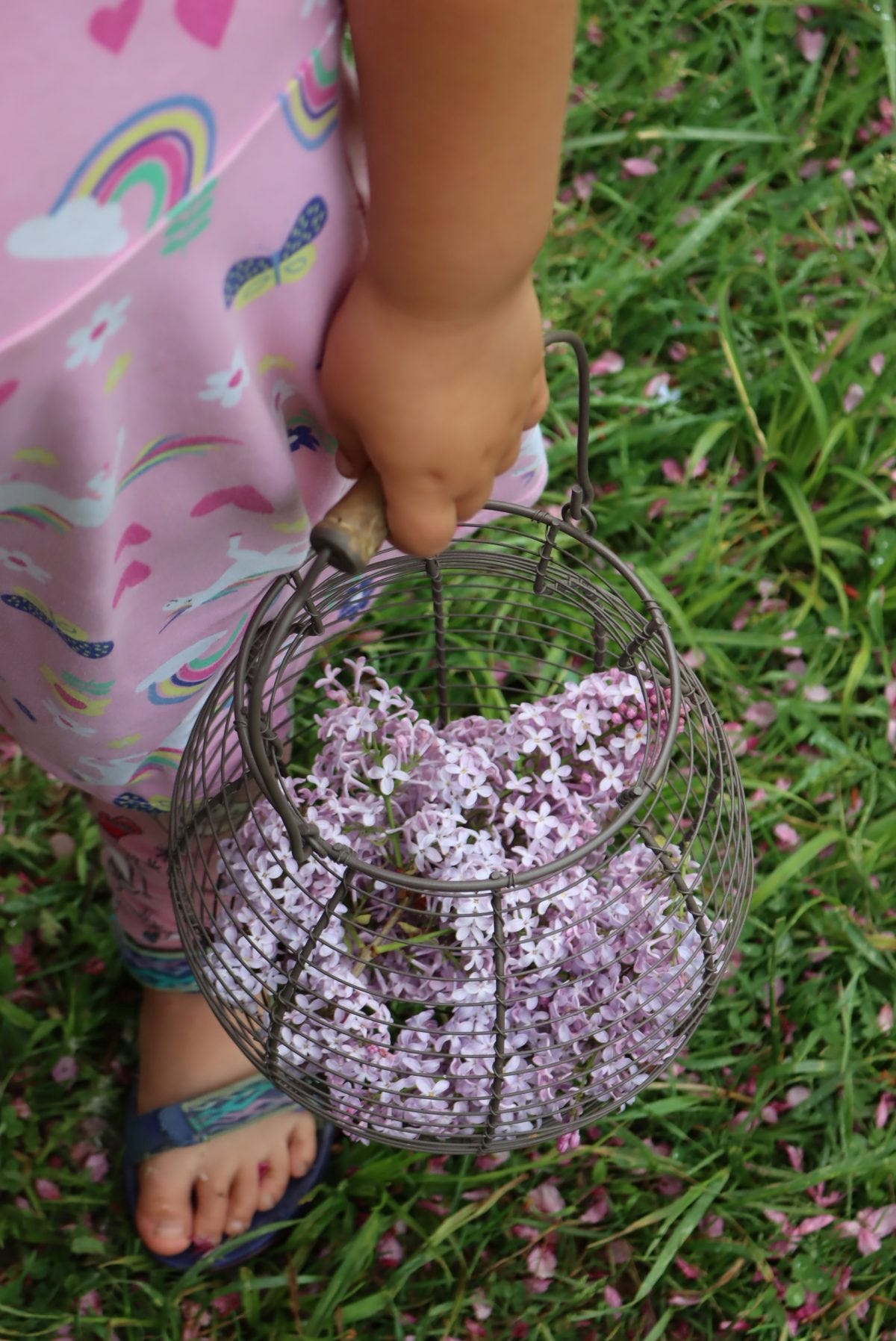
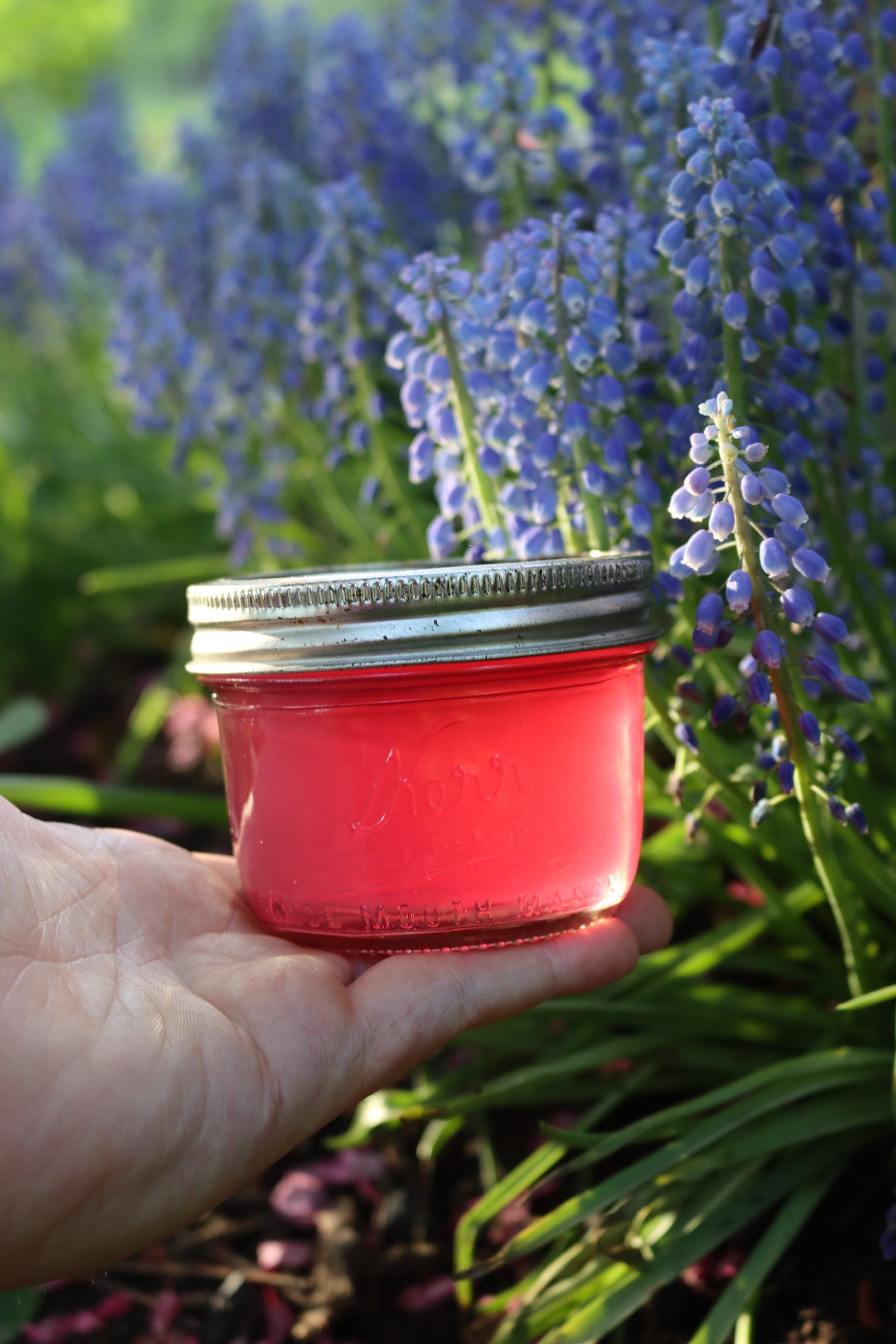
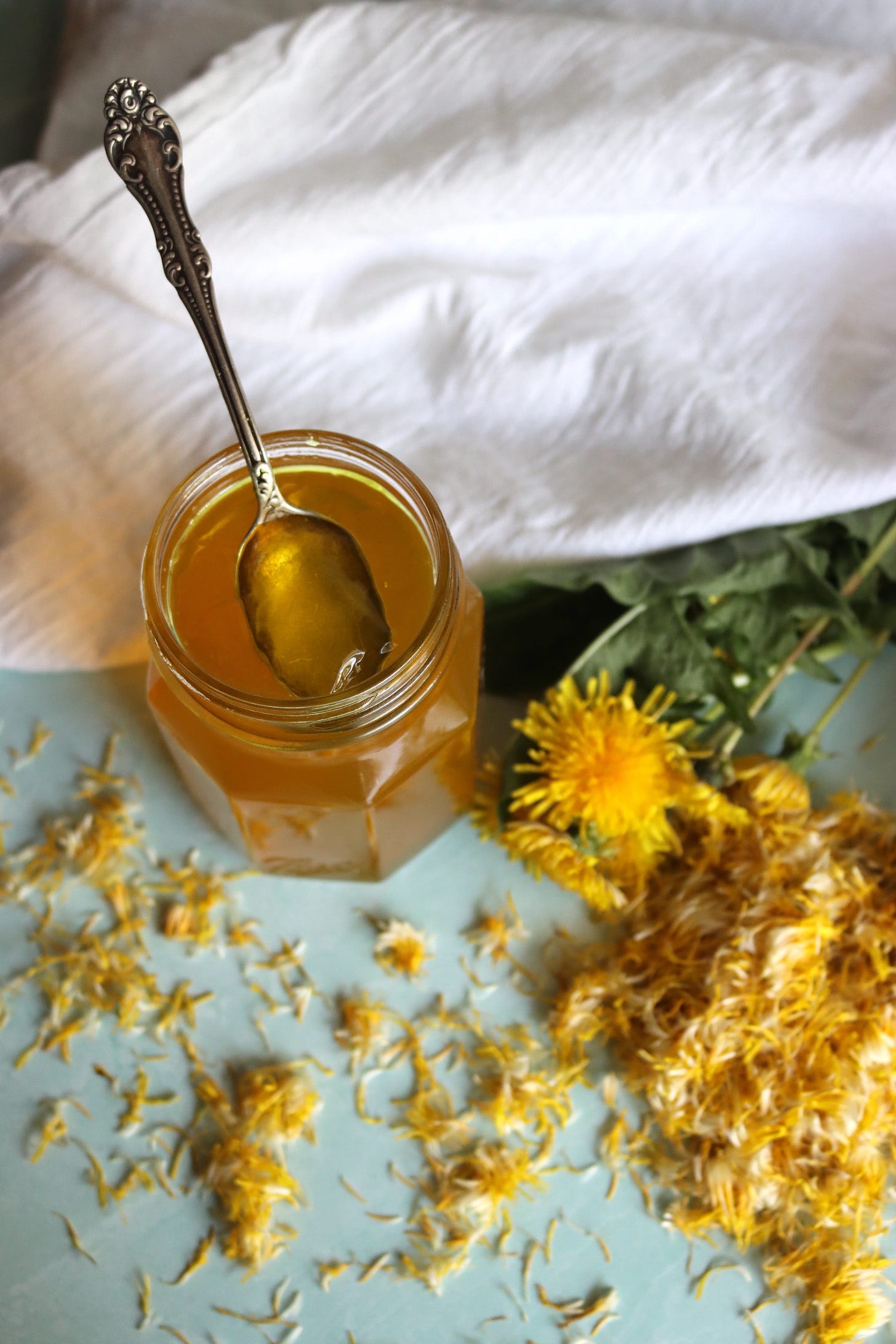
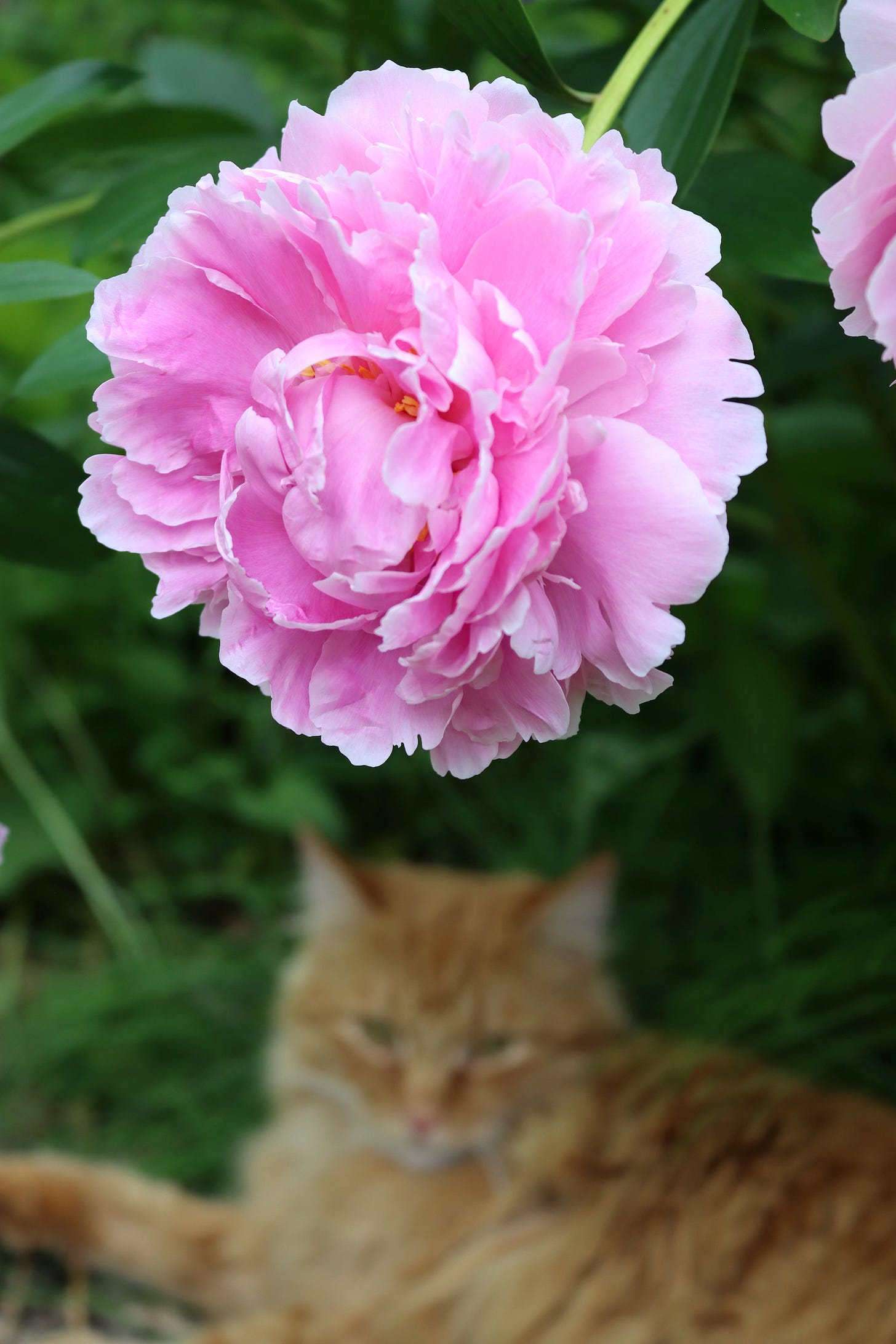



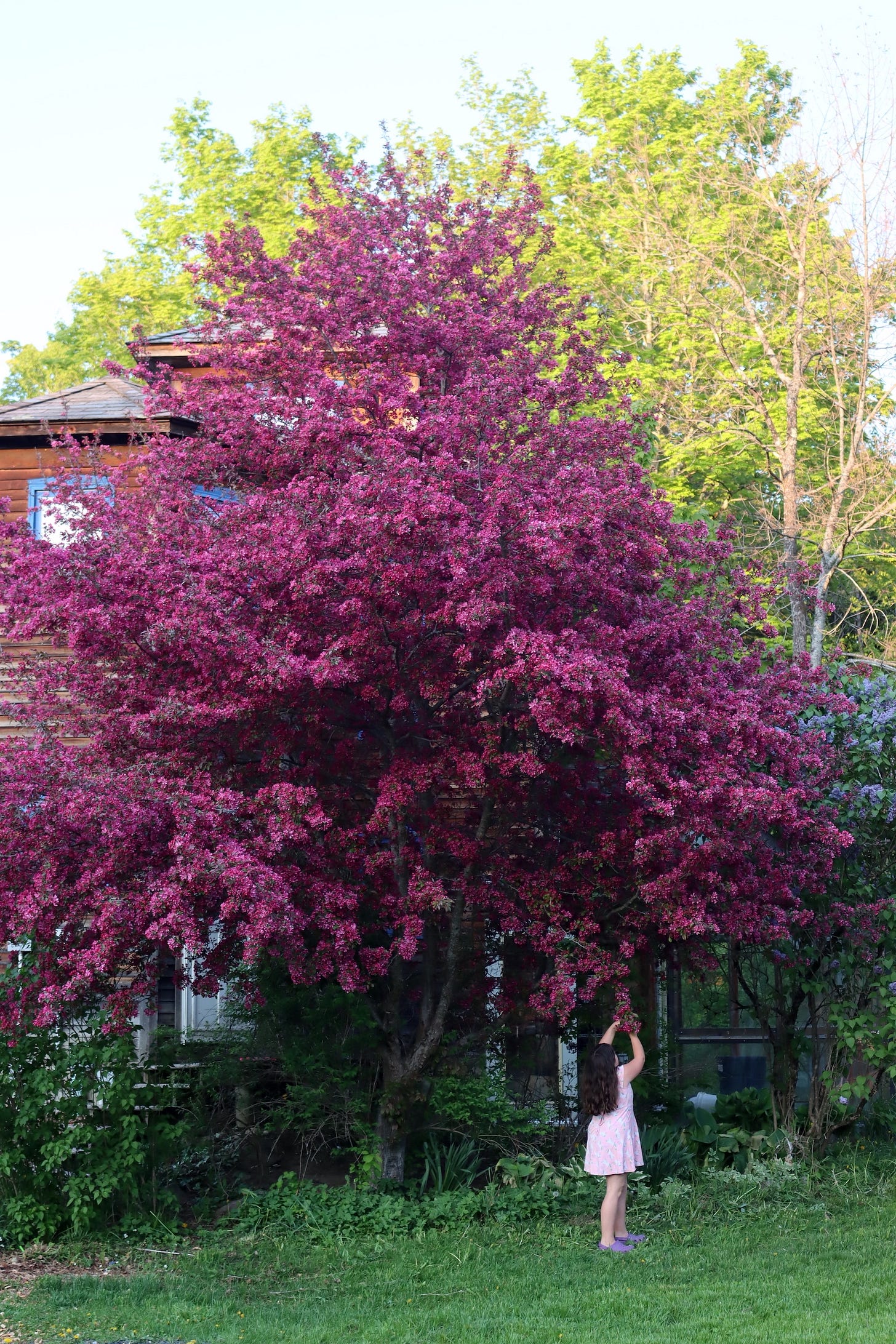
About flower blossom jelly. I'd love to make it. How many blossoms/ounces, do you need to make 4 Cups of tea? I don't want to guess and end up with something too weak or overpowering. Would you give me the whole process. Do you wash the flowers after you pick them? Thank you.
Last fall I made some lavender jelly with white wine grapes. I used a grape jelly recipe and steeped the lavender buds in sugar overnight and then mixed in the food processer. It was a learning experience. The grapes didn't yield much liquid so I added wine. I tasted my 2 types of lavender and was surprised that my more floral smelling lavender was not my favorite taste. The finished product was great, I just wasn't sure if the recipe would be considered 'safe'. I always use tested recipes from trusted sources. I kept it in the fridge. I look forward to YOUR flower jelly recipes since you are one of my trusted sources. BTW, I tried other lavender jelly recipes (with fruit) and found that long cooking time changes the flavor. The pectin shortens cooking time, so its really not an option to change that.